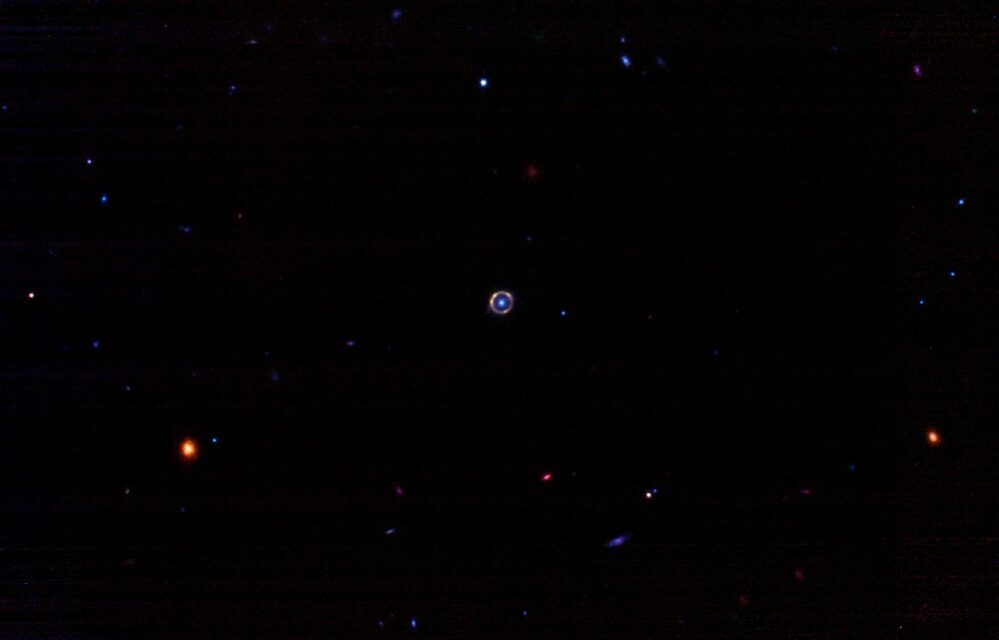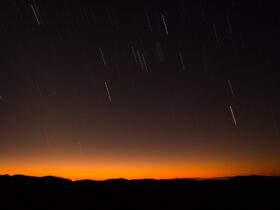Insanely detailed photographs of Jupiter and the furthest known star have been flooding our feeds since the initial James Webb Space Telescope images were published in July. Now, Webb has accomplished it once again, this time by photographing a virtually perfect Einstein ring located somewhere about 12 billion light-years distant.
Astronomy master’s student Spaceguy44 posted the colorized picture to Twitter, and you can check it out down below.
I went ahead an redid my colorization for the #JWST NIRCam view of SPT-S J041839-4751.8 Look at that resolution! You can find the first attempt on my Reddit.
I think I'm really getting good at this photo processing stuff.#JamesWebb #NASAWebb pic.twitter.com/Unr9Dfdr7R
— Spaceguy44
(@spaceguy44) August 24, 2022
When a huge galaxy lies in front of a smaller one, the smaller galaxy is amplified and twisted into a nearly perfect ring, creating what is known as an Einstein ring, as explained by user Spaceguy44. We’re talking about a galaxy that’s 12 billion light-years distant and giving it the name SPT-S J041839-4751.8.
Spaceguy44 claims that the Einstein ring is responsible for our visibility of this galaxy. The existence of Einstein rings not only enhances the aesthetic appeal of these otherwise difficult-to-observe galaxies, but also makes it feasible for us to learn more about them. We call this phenomenon “gravitational lensing,” after the effect that Einstein anticipated.
The alignment of the distant galaxy, the nearby magnifying galaxy, and the observer (in this example, the Webb space telescope) is required for the effect to occur. Spaceguy44 suggests trying this for yourself by placing the stem and base of a wine glass in the microwave. Experiment with this on a book page to see a single word magnified. It is unusual to see Einstein rings, but not impossible. Amazing Einstein rings were previously photographed by Hubble.
Not only has Webb taken pictures of SPT-S J041839-Einstein 4751.8’s ring before, but it has done so several times. In August, Spaceguy44 also uploaded a colorized version of an image taken of the same area by the space telescope’s Near Infrared Camera (NIRCam).












Leave a Reply